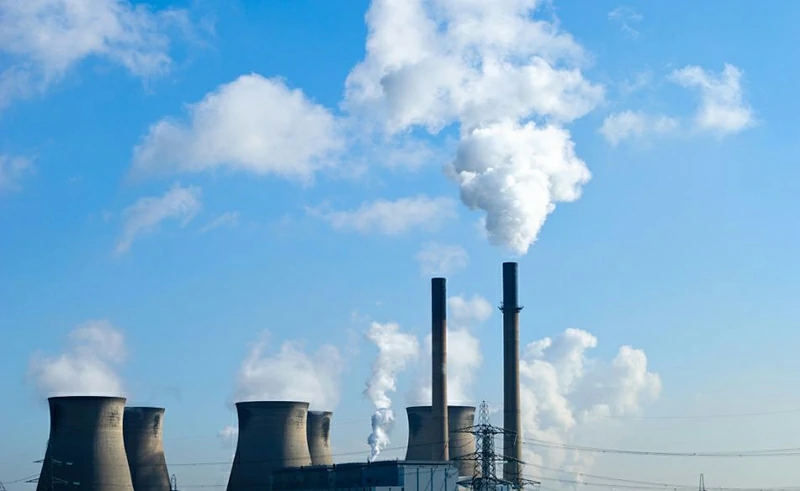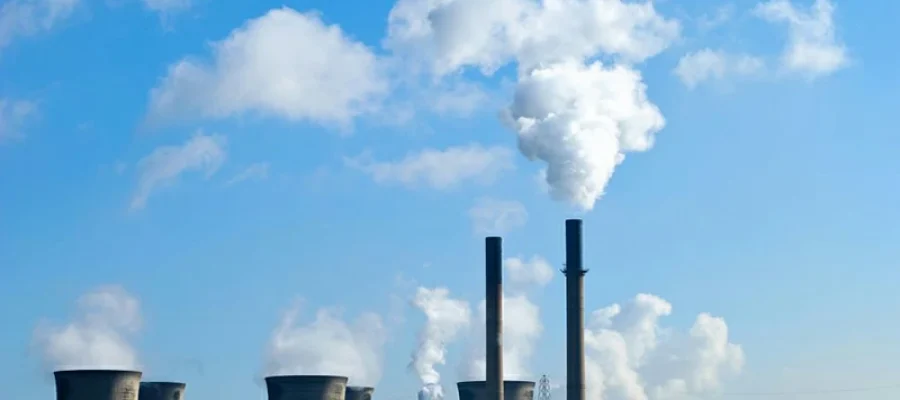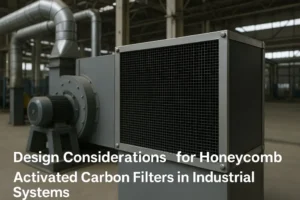Activated carbon adsorption is an effective method for treating exhaust gases from industrial facilities. It involves passing the exhaust gas stream through a filter bed containing activated carbon particles. Activated carbon is characterized by its highly porous structure and large surface area, allowing pollutant molecules in the gas to be adsorbed onto the carbon surface through intermolecular forces.

The service life of an activated carbon adsorption system depends on several factors.
- A primary factor is the concentration and composition of pollutants in the inlet gas stream. Gases with higher concentrations of adsorbable pollutants lead to quicker saturation of the carbon’s pore structure.
- Additionally, some types of pollutants are more readily adsorbed than others, depending on their molecular weight, polarity, and other physicochemical properties. Larger non-polar compounds are generally adsorbed faster than smaller or polar compounds.
- The flow rate of the incoming gas also affects the service life. Slower flow allows for more adsorption contact time, making better use of the carbon bed. Higher flow rates can overload the bed’s adsorption capacity more quickly. The temperature and humidity of the gas also affect adsorption capacity.
- The type and quality of activated carbon used is another key factor. Carbon tailored for specific applications can improve capacity and service life. The size of the carbon particles affects the rate of adsorption and frequency of replacement. Standard carbon beds in adsorption systems typically last for 1-3 years, after which they need to be reactivated or replaced.
Reactivating spent carbon through thermal methods can extend its service life in repeated adsorption/reactivation cycles. However, each reactivation reduces the carbon’s pore structure and decreases performance. Once reactivation is no longer effective, the carbon needs to be replaced.
Overall, careful consideration of the characteristics of the airflow and the design of the activated carbon bed makes treating exhaust gases through adsorption a highly efficient pollution control strategy with several years of service life in many applications. Proper maintenance and monitoring can maintain system performance and service life.




